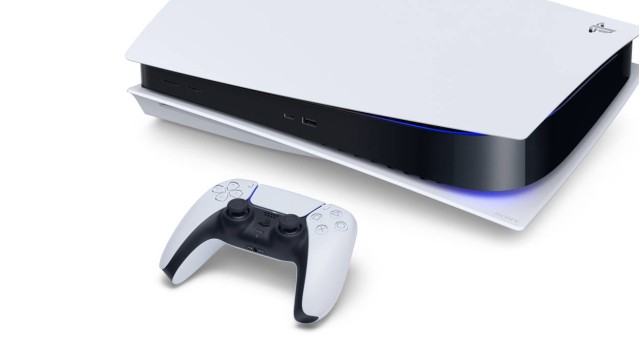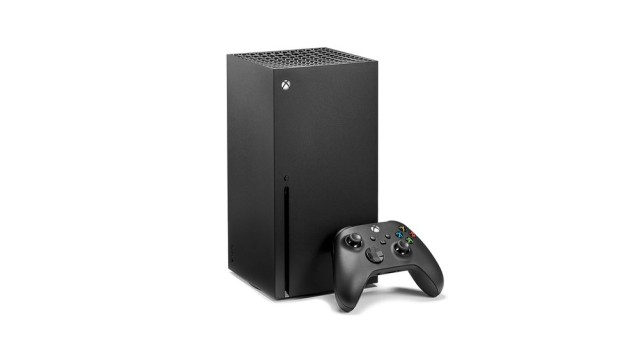
PlayStation 5
Launches: 2020
Generation: 9th
 PlayStation 5 technical specifications
PlayStation 5 technical specifications
CPU: Custom 8-core AMD Zen 2
Memory: 16 GB
 PlayStation 5 video specifications
PlayStation 5 video specifications
PlayStation 5 graphics capabilities.
 PlayStation 5 audio specifications
PlayStation 5 audio specifications
PlayStation 5 sound capabilities.
Audio chip:
Audio mode:
 Controllers of PlayStation 5
Controllers of PlayStation 5
 PlayStation 5 games support
PlayStation 5 games support
Support:
PlayStation 5 games
Games library:
PlayStation 5 story
The PlayStation 5, Sony's flagship gaming console released in November 2020, as the successor to the highly successful PlayStation 4, the PS5 was designed to push the boundaries of gaming technology and enhance.
The development of the PlayStation 5 was marked by Sony’s commitment to advancing both hardware and software to meet the demands of the next generation of gaming. Sony began conceptualizing the PS5 shortly after the release of the PlayStation 4, recognizing the need to leverage new technologies to provide a more immersive and responsive gaming experience. The development process involved a significant focus on incorporating cutting-edge technology and addressing feedback from the previous generation.
The console’s core hardware was built around a custom-designed AMD Zen 2-based processor and RDNA 2 GPU, which provided substantial improvements in processing power and graphical fidelity. The PS5 was designed to support 4K gaming at up to 120 frames per second, with capabilities for ray tracing to enhance lighting and visual effects. The inclusion of a high-speed SSD was one of the most notable advancements, offering drastically reduced load times and enabling developers to create more expansive and detailed game worlds.
This hardware was complemented by a newly designed DualSense controller, which featured advanced haptic feedback and adaptive triggers that provided a more tactile and immersive gaming experience.
Another key aspect of the PS5’s development was its focus on backward compatibility and integration with existing PlayStation ecosystems. Sony aimed to ensure that players could continue enjoying their favorite games from the PlayStation 4 on the new console, with many titles receiving enhanced versions optimized for the PS5’s hardware. This backward compatibility was complemented by features such as PlayStation Plus, which provided access to a curated library of games, and the introduction of the PlayStation Now service for cloud gaming.
The launch of the PlayStation 5 on November 12, 2020, was a highly anticipated event, with Sony positioning the console as the pinnacle of next-generation gaming. The launch was supported by a comprehensive marketing campaign that emphasized the PS5’s technological advancements, game lineup, and immersive features. The console was released in two versions: the standard edition with a Ultra HD Blu-ray drive and a digital edition without a physical disc drive, catering to different preferences and budgets.
The launch of the PS5 was met with significant excitement and demand, but it also faced challenges related to supply chain issues and high consumer interest. The COVID-19 pandemic had disrupted manufacturing and distribution, leading to shortages and difficulties in securing units for many consumers. Despite these challenges, the PlayStation 5 quickly became a highly sought-after item, with pre-orders selling out rapidly and long lines at retail locations.
The market reception of the PlayStation 5 was overwhelmingly positive, reflecting the anticipation and enthusiasm surrounding its release. The console was praised for its impressive hardware performance, including its fast load times, high-quality graphics, and innovative features such as the DualSense controller. The PS5’s emphasis on delivering a high-fidelity gaming experience, combined with its backward compatibility and integration with PlayStation services, resonated well with both critics and gamers.
The PS5’s launch lineup of games also contributed to its positive reception. Titles such as “Demon’s Souls,” “Spider-Man: Miles Morales,” and “Ratchet & Clank: Rift Apart” showcased the console’s capabilities and provided compelling experiences that highlighted the advancements in gaming technology. These games, along with future releases, helped establish the PS5 as a leading platform for both new and existing franchises.
However, the console’s success was tempered by ongoing challenges, including the aforementioned supply chain issues and difficulties in meeting the high demand. The scarcity of units and the secondary market's inflated prices impacted many potential buyers, and this supply constraint remained a significant factor during the early months of the console’s lifecycle.
Despite the initial hurdles, the PlayStation 5 has established itself as a major force in the gaming world, continuing to drive the evolution of home gaming systems and influence the direction of gaming technology.
Previous Sony console: PlayStation 4
